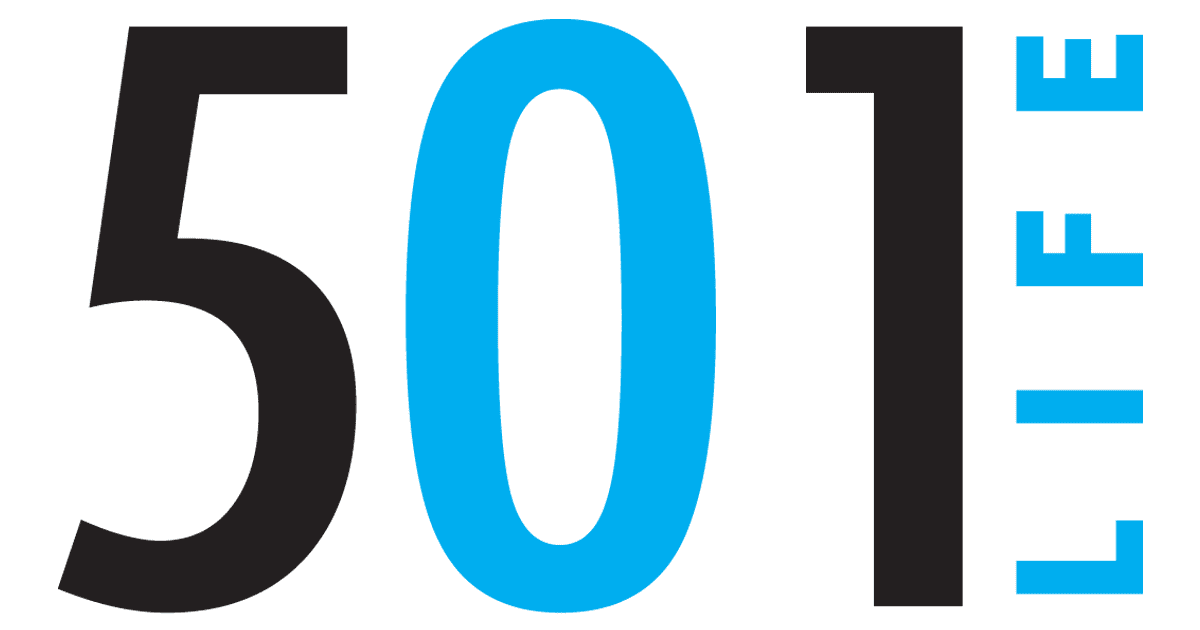
21 Jun 2011 Choosing a healthier lifestyle: 5 steps to success
by Karl Lenser
Lifestyle has been described as “the set of habitual behaviors adopted by personal choice.” These behaviors are, in essence, how we live on a daily basis, and this pattern of living becomes our lifestyle.
What you do with your body in terms of physical movement and what you feed it are two of the most important components of a healthy lifestyle. Stress management, alcohol consumption and smoking are also included in health habits that impact one’s level of wellness.
Choosing to live healthier has many benefits that include having more energy, a stronger immune system, an improved level of self-confidence and the ability to function more efficiently on a daily basis.
The following list should be helpful if you are thinking about becoming a healthier person. Choosing to live a healthier lifestyle is easier said than done. These will help:
Do a wellness check/self-analysis and see what areas need to be improved. Areas that are usually covered include physical activity, nutrition habits, sleep, smoking, alcohol consumption and stress. Look at what areas you are strong in and what areas you need to improve. Most people know what they need to improve, but they just don’t take action. Motivation 101: Ask yourself, “Why do I want to change a particular health habit?” Did the motivation come from within or was it an external source that originated from a physician or spouse or a close friend? Are you doing this behavior change for yourself or for someone else?
Once you determine the “why,” you can start working on the next section, and that is setting personal goals. I have worked in the fitness field for more than 20 years, and I can safely say that motivation to change almost always has to come from within. YOU have to decide to make changes and do the work.
Early in my career when I worked at Boeing in Seattle, a grossly overweight and out-of-shape employee approached me and said, “Just make me healthy.” I told him I would provide a wealth of information to him and encourage him on his journey, but he had to do the work. He began his wellness journey on the right track by admitting that he needed help. The motivation came from within. Nothing will change in your life unless there is something to motivate you, and internally driven motivation is the best.
Establish personal goals. Use the S.M.A.R.T. Principle: Specific: Avoid the all-to-common “I have to lose some weight” or “I need to exercise more often.” An example of developing a specific goal would be to state that you need to lose 20 pounds by a specific date. Another specific goal would be going to the fitness center at 5 p.m. on Monday, Wednesday and Friday.
Measurable: Obtaining baseline data is very important in goal setting. Getting your body fat, resting heart rate, body weight and blood pressure would be several excellent values to obtain before you begin your program.
Attainable: Make the goal something that is possible to attain. Planning on losing 30 pounds in a few weeks is not attainable.
Realistic: Set some goals that you know you are capable of attaining. They should be challenging and achievable and not too easy or too hard. Setting the goal too high can lead to physical and emotional failure that can impede future wellness endeavors.
Timely: Goals need to be based on what’s happening in your daily life at the present time. Look at your current daily schedule and see what goals would fit into this schedule.
Select program components: This depends on what your healthy improvement goals include. If the goal is exercise/weight loss, then you could include weight loss programs, personal training and group exercise classes in your “menu” of activities that will help you with your goal. Stress management classes, smoking cessation classes or attending healthy cooking seminars are other examples of programs that one could utilize.
Write a plan: Make a contract or a promise to yourself that summarizes what your goals are and how you are going to accomplish the goals. Be specific and detailed in this promise. Research shows that writing down a plan reinforces the actions that will be taken. Write it down and then go out and do what you promised yourself you would do!








